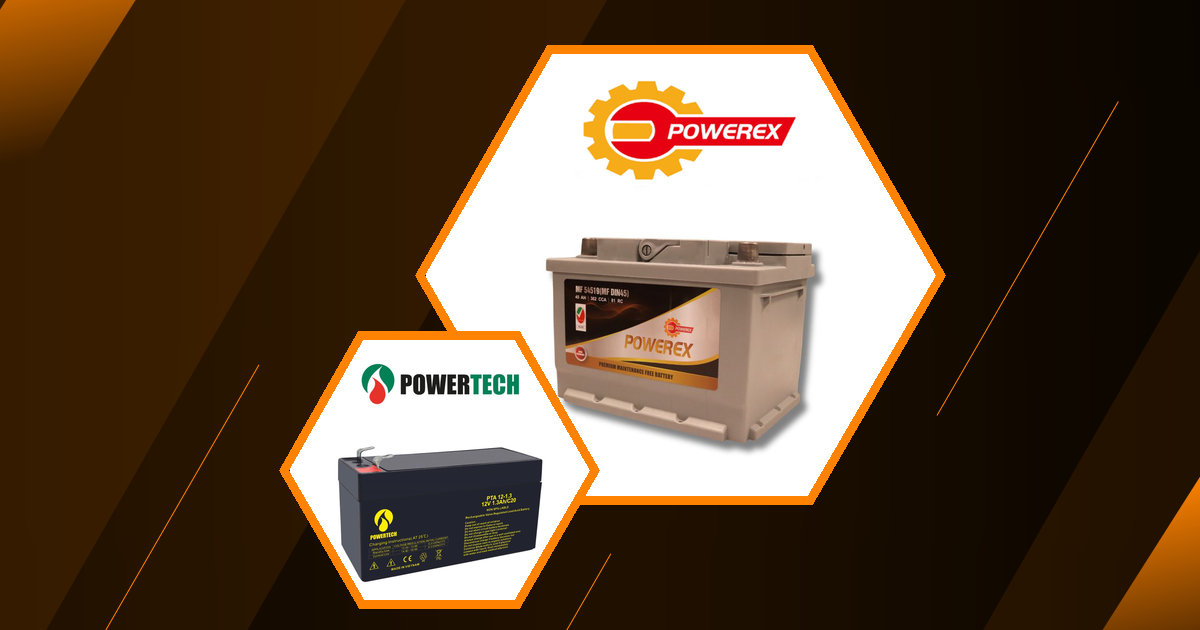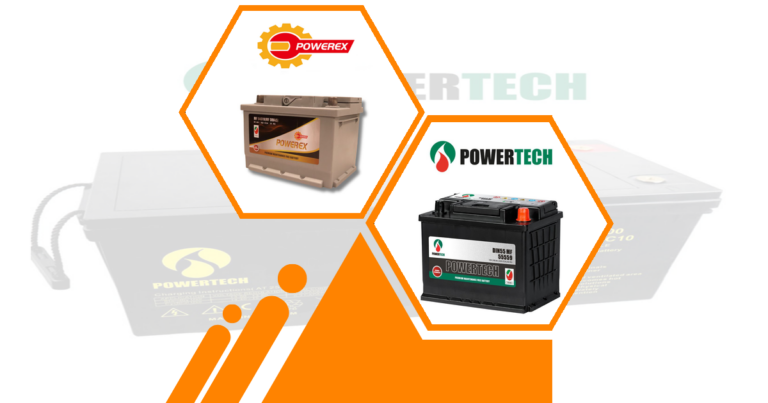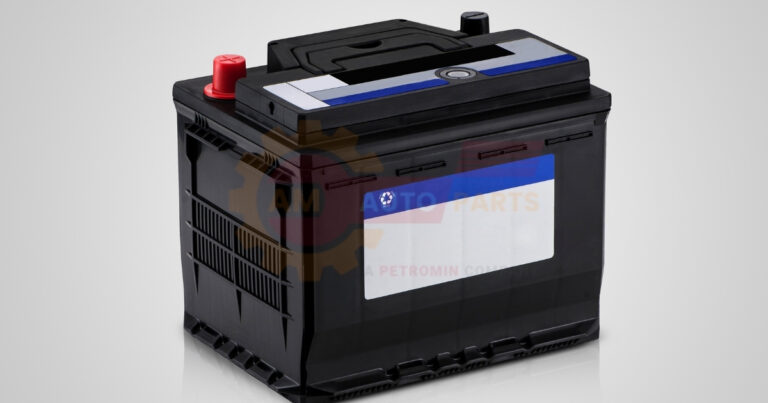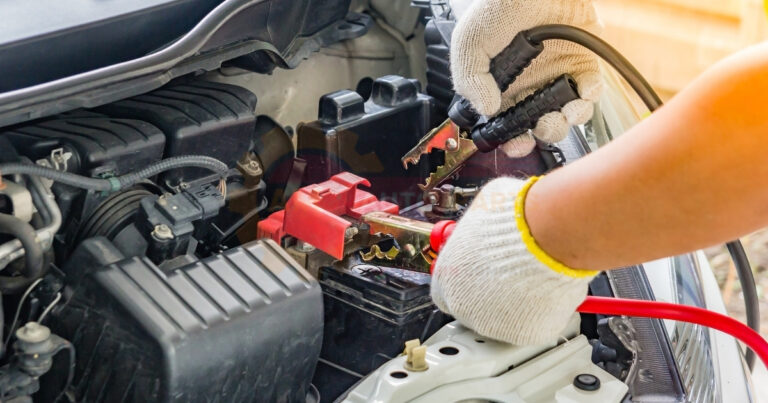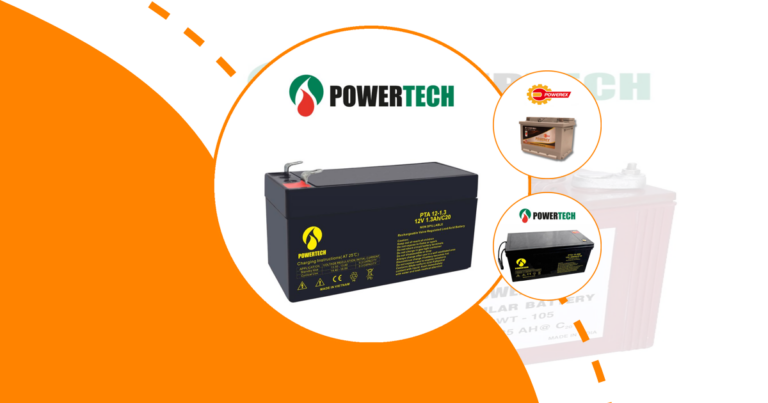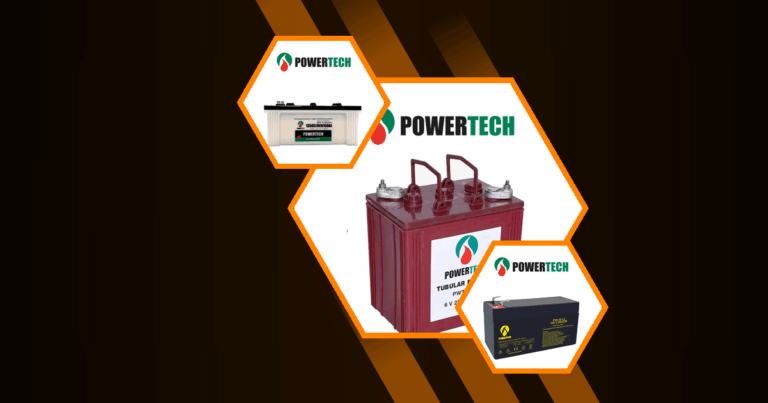Spark Ignition Engine: A Comprehensive Guide
What is a Spark Ignition Engine
A spark ignition engine is a type of internal combustion engine that uses a spark to ignite an air-fuel mixture. This process occurs in the engine’s cylinders, where the mixture is compressed and then ignited by a spark plug. The resulting explosion pushes the piston down, creating mechanical power. Spark ignition engines are commonly found in vehicles, small machinery, and various other applications due to their efficiency and reliability.
- Key Principle : Combustion initiated by a spark plug.
- Common Use : Found in most gasoline-powered vehicles.
Components of a Spark Ignition Engine
The main components of a spark ignition engine include the cylinder, piston, spark plug, crankshaft, and camshaft. Each part plays a crucial role in the engine’s operation. The cylinder houses the piston, which moves up and down to create power. The spark plug ignites the air-fuel mixture, while the crankshaft converts the piston’s motion into rotational energy. The camshaft controls the opening and closing of the engine’s valves.
- Cylinder : Houses the piston.
- Piston : Moves to create power.
- Spark Plug : Ignites the air-fuel mixture.
- Crankshaft : Converts motion into energy.
- Camshaft : Manages valve timing.
How Spark Ignition Engines Work
Spark ignition engines operate on a four-stroke cycle: intake, compression, power, and exhaust. During the intake stroke, the air-fuel mixture enters the cylinder. The piston then compresses the mixture, increasing its temperature and pressure. A spark from the spark plug ignites the mixture, causing an explosion that pushes the piston down. Finally, the exhaust stroke expels the burnt gases from the cylinder.
- Intake Stroke : Air-fuel mixture enters.
- Compression Stroke : Mixture is compressed.
- Power Stroke : Ignition and explosion occur.
- Exhaust Stroke : Burnt gases are expelled.
Types of Spark Ignition Engines
Two-Stroke Engines
Two-stroke engines complete a power cycle in just two strokes of the piston. They are simpler and lighter than four-stroke engines, making them ideal for small equipment like chainsaws and motorcycles. However, they tend to be less fuel-efficient and produce more emissions.
- Advantages : Lightweight and simple design.
- Disadvantages : Less fuel-efficient, higher emissions.
Four-Stroke Engines
Four-stroke engines are the most common type of spark ignition engines. They complete a power cycle in four strokes: intake, compression, power, and exhaust. These engines are more fuel-efficient and produce fewer emissions compared to two-stroke engines, making them suitable for cars and trucks.
- Advantages : Fuel-efficient, lower emissions.
- Disadvantages : More complex and heavier.
Wankel Rotary Engines
Wankel rotary engines use a rotary design instead of pistons. They are compact and have fewer moving parts, which can lead to smoother operation. However, they are less fuel-efficient and can have higher emissions compared to traditional piston engines.
- Advantages : Compact and smooth operation.
- Disadvantages : Lower fuel efficiency, higher emissions.
Fuel Systems in Spark Ignition Engines
Carburetors
Carburetors mix air and fuel before it enters the engine’s cylinders. They are simple and have been used in engines for many years. However, they are less precise than modern fuel injection systems, which can lead to less efficient fuel use.
- Advantages : Simple and reliable.
- Disadvantages : Less precise fuel mixing.
Fuel Injection Systems
Fuel injection systems deliver fuel directly into the engine’s cylinders or intake manifold. They provide more precise control over the air-fuel mixture, improving fuel efficiency and performance. These systems are now standard in most modern vehicles.
- Advantages : Precise fuel control, better efficiency.
- Disadvantages : More complex and costly.
Direct Injection Technology
Direct injection technology injects fuel directly into the combustion chamber. This method allows for even greater control over the combustion process, leading to improved power output and fuel efficiency. It is commonly used in high-performance and modern engines.
- Advantages : Enhanced power and efficiency.
- Disadvantages : Higher complexity and cost.
Ignition Systems in Spark Ignition Engines
Distributor-Based Systems
Distributor-based systems use a rotating distributor to direct high-voltage electricity to the spark plugs. While reliable, these systems are becoming less common due to advancements in ignition technology.
- Advantages : Reliable and time-tested.
- Disadvantages : Less efficient than modern systems.
Distributorless Ignition Systems
Distributorless ignition systems use electronic control units to manage spark timing. They eliminate the need for a mechanical distributor, improving reliability and efficiency. These systems are widely used in modern vehicles.
- Advantages : Improved reliability and efficiency.
- Disadvantages : More complex electronics.
Coil-on-Plug Systems
Coil-on-plug systems place an ignition coil directly on each spark plug. This design reduces energy loss and improves ignition timing precision. It is commonly used in high-performance and modern engines.
- Advantages : Precise ignition timing, reduced energy loss.
- Disadvantages : Higher cost and complexity.
Performance and Efficiency of Spark Ignition Engines
Power Output and Torque
The power output and torque of a spark ignition engine depend on its design and size. Larger engines typically produce more power and torque, but advancements in technology have allowed smaller engines to achieve impressive performance levels.
- Factors : Engine size, design, and technology.
- Trends : Smaller engines with high performance.
Fuel Efficiency and Consumption
Fuel efficiency in spark ignition engines is influenced by factors such as engine design, fuel type, and driving conditions. Modern engines with advanced fuel injection and ignition systems tend to be more fuel-efficient.
- Influences : Engine design, fuel type, driving conditions.
- Improvements : Advanced fuel injection and ignition systems.
Emissions Control
Emissions control in spark ignition engines is crucial for meeting environmental standards. Technologies such as catalytic converters and exhaust gas recirculation help reduce harmful emissions.
- Technologies : Catalytic converters, exhaust gas recirculation.
- Goals : Reduce harmful emissions, meet standards.
Applications of Spark Ignition Engines
Automotive Industry
Spark ignition engines are widely used in the automotive industry, powering most gasoline vehicles. They offer a balance of performance, efficiency, and reliability, making them ideal for cars, trucks, and motorcycles.
- Common Use : Cars, trucks, motorcycles.
- Benefits : Performance, efficiency, reliability.
Marine Engines
In the marine industry, spark ignition engines power small boats and personal watercraft. They provide reliable performance and are easy to maintain, making them popular for recreational boating.
- Applications : Small boats, personal watercraft.
- Advantages : Reliable performance, easy maintenance.
Small Equipment and Machinery
Spark ignition engines are also used in small equipment and machinery, such as lawnmowers, chainsaws, and generators. Their simplicity and reliability make them ideal for these applications.
- Examples : Lawnmowers, chainsaws, generators.
- Benefits : Simplicity, reliability.
Maintenance and Troubleshooting
Common Issues in Spark Ignition Engines
Common issues in spark ignition engines include misfires, poor fuel economy, and starting problems. These issues can often be traced back to faulty spark plugs, ignition coils, or fuel system components.
- Symptoms : Misfires, poor fuel economy, starting problems.
- Causes : Faulty spark plugs, ignition coils, fuel system components.
Regular Maintenance Tips
Regular maintenance is essential for keeping spark ignition engines running smoothly. This includes changing spark plugs, checking ignition components, and ensuring the fuel system is clean and functioning properly.
- Tasks : Change spark plugs, check ignition components, clean fuel system.
- Frequency : Follow manufacturer recommendations.
Diagnostic Tools and Techniques
Diagnostic tools and techniques help identify and resolve issues in spark ignition engines. Tools such as OBD-II scanners and multimeters can be used to diagnose problems with the ignition and fuel systems.
- Tools : OBD-II scanners, multimeters.
- Techniques : Diagnose ignition and fuel system issues.
Regulations and Compliance
Emission Standards
Emission standards for spark ignition engines are set by regulatory bodies to reduce air pollution. These standards require manufacturers to implement technologies that limit harmful emissions.
- Purpose : Reduce air pollution.
- Requirements : Implement emission-reducing technologies.
Certification Requirements
Certification requirements ensure that spark ignition engines meet safety and performance standards. Manufacturers must comply with these requirements to sell their engines in certain markets.
- Purpose : Ensure safety and performance.
- Compliance : Required for market access.
Large Spark-Ignition (LSI) Engine Fleet Requirements
Large spark-ignition engine fleets must meet specific requirements to reduce emissions and improve efficiency. These requirements often include regular maintenance and the use of cleaner fuels.
- Goals : Reduce emissions, improve efficiency.
- Requirements : Regular maintenance, cleaner fuels.
Future of Spark Ignition Engines
Technological Advancements
Technological advancements in spark ignition engines focus on improving efficiency, performance, and emissions control. Innovations such as variable valve timing and turbocharging are becoming more common.
- Focus : Efficiency, performance, emissions control.
- Innovations : Variable valve timing, turbocharging.
Alternative Fuels
The use of alternative fuels in spark ignition engines is gaining attention as a way to reduce emissions and reliance on fossil fuels. Options include ethanol, natural gas, and hydrogen.
- Options : Ethanol, natural gas, hydrogen.
- Benefits : Reduced emissions, less reliance on fossil fuels.
Hybrid and Electric Integration
Hybrid and electric integration in spark ignition engines is a growing trend. Combining traditional engines with electric motors can improve fuel efficiency and reduce emissions.
- Trend : Hybrid and electric integration.
- Benefits : Improved efficiency, reduced emissions.
Spark Ignition Engine Efficiency
Factors Affecting Efficiency
Several factors affect the efficiency of spark ignition engines, including engine design, fuel type, and operating conditions. Advanced technologies can help improve efficiency by optimizing combustion.
- Factors : Engine design, fuel type, operating conditions.
- Technologies : Optimize combustion for better efficiency.
Improving Spark Ignition Engine Efficiency
Improving efficiency in spark ignition engines involves using advanced technologies such as direct injection and turbocharging. Regular maintenance also plays a crucial role in maintaining optimal performance.
- Methods : Direct injection, turbocharging.
- Maintenance : Essential for optimal performance.
Comparison with Other Engine Types
Compared to other engine types, spark ignition engines offer a balance of performance and efficiency. While diesel engines may be more fuel-efficient, spark ignition engines are often preferred for their smooth operation and lower emissions.
- Comparison : Balance of performance and efficiency.
- Preference : Smooth operation, lower emissions.
Environmental Impact of Spark Ignition Engines
Emissions and Air Quality
Spark ignition engines contribute to air pollution through emissions of carbon monoxide, hydrocarbons, and nitrogen oxides. Emission control technologies help mitigate these impacts.
- Pollutants : Carbon monoxide, hydrocarbons, nitrogen oxides.
- Control : Emission control technologies.
Noise Pollution
Noise pollution from spark ignition engines is a concern, especially in urban areas. Advances in engine design and materials can help reduce noise levels.
- Concern : Urban noise pollution.
- Solutions : Improved design and materials.
Recycling and Disposal
Recycling and disposal of spark ignition engines involve recovering valuable materials and minimizing environmental impact. Proper disposal practices are essential for sustainability. Automotive battery revolution is making cars run on powerful electric batteries instead of gas This change helps cars go farther and pollute less while being cheaper to use Sulfation prevention vehicles help keep car batteries working well These special vehicles stop harmful buildup inside batteries to make them last longer
Camper power safeguarding helps protect your camping electricity from problems It makes sure your devices stay safe and work properly when you’re outdoors Automotive energy solutions help cars and trucks use different types of power to run These solutions include electric batteries fuel cells and cleaner fuels for vehicles
- Practices : Recover materials, minimize impact.
- Importance : Essential for sustainability.
Spark Ignition Engine Market Trends
Global Market Size and Growth
The global market for spark ignition engines is growing, driven by demand in the automotive and small equipment sectors. Technological advancements and environmental regulations also influence market trends.
- Drivers : Automotive demand, small equipment.
- Influences : Technology, regulations.
Key Players and Competition
Key players in the spark ignition engine market include major automotive manufacturers and specialized engine producers. Competition is intense, with companies focusing on innovation and efficiency.
- Players : Automotive manufacturers, engine producers.
- Focus : Innovation, efficiency.
Regional Market Analysis
Regional market analysis shows varying demand for spark ignition engines, influenced by factors such as economic conditions and environmental regulations. Emerging markets present growth opportunities.
- Factors : Economic conditions, regulations.
- Opportunities : Growth in emerging markets.
FAQs about Spark Ignition Engines
How long do spark ignition engines typically last?
Spark ignition engines typically last between 100,000 to 200,000 miles, depending on maintenance and usage. Regular maintenance can extend the engine’s lifespan significantly.
What is the ideal fuel for spark ignition engines?
The ideal fuel for spark ignition engines is gasoline, as it is specifically designed for use with spark ignition systems. Alternative fuels like ethanol can also be used in some engines.
How often should spark plugs be replaced in a spark ignition engine?
Spark plugs in a spark ignition engine should be replaced every 30,000 to 100,000 miles, depending on the type of spark plug and manufacturer recommendations. Regular replacement ensures optimal engine performance.
Can spark ignition engines be converted to run on alternative fuels?
Spark ignition engines can be converted to run on alternative fuels such as natural gas or ethanol. Conversion requires modifications to the fuel system and engine components.
What are the main differences between spark ignition engines and diesel engines?
The main differences between spark ignition engines and diesel engines lie in their ignition methods and fuel types. Spark ignition engines use a spark plug, while diesel engines rely on compression to ignite the fuel.
What is the difference between spark ignition and compression ignition engines?
Spark ignition engines use a spark plug to ignite the air-fuel mixture, while compression ignition engines rely on high compression to ignite the fuel. This fundamental difference affects their design, fuel type, and applications.
How does a spark ignition engine start?
A spark ignition engine starts when the starter motor turns the engine’s crankshaft, allowing the pistons to move. The spark plug then ignites the air-fuel mixture, starting the combustion process.
What are the advantages of spark ignition engines?
Spark ignition engines offer advantages such as smooth operation, ease of maintenance, and widespread availability. They are also versatile, powering a wide range of vehicles and equipment.
Can spark ignition engines run on diesel fuel?
Spark ignition engines cannot run on diesel fuel because they require a spark to ignite the air-fuel mixture. Diesel engines, on the other hand, rely on compression to ignite the fuel.
